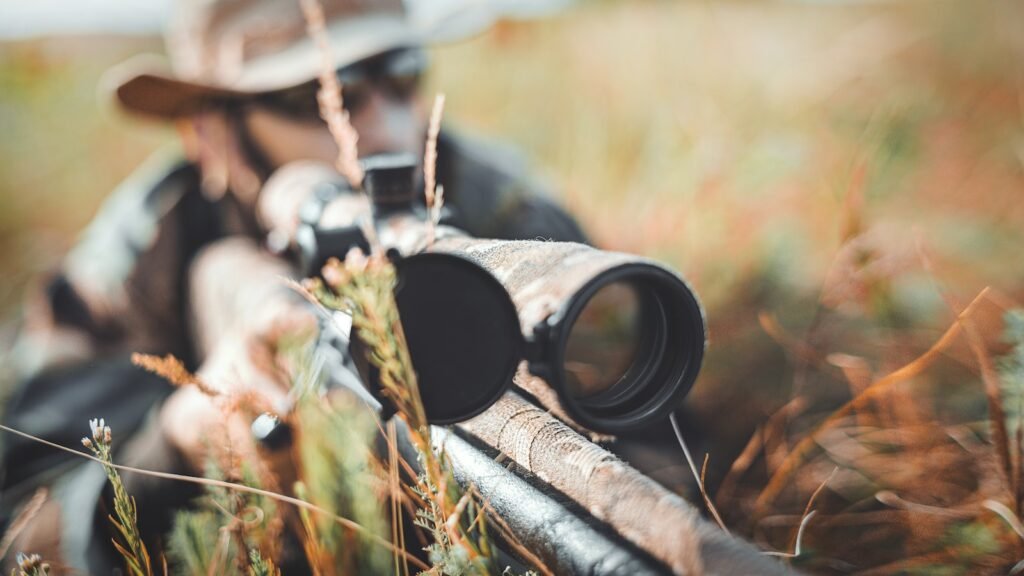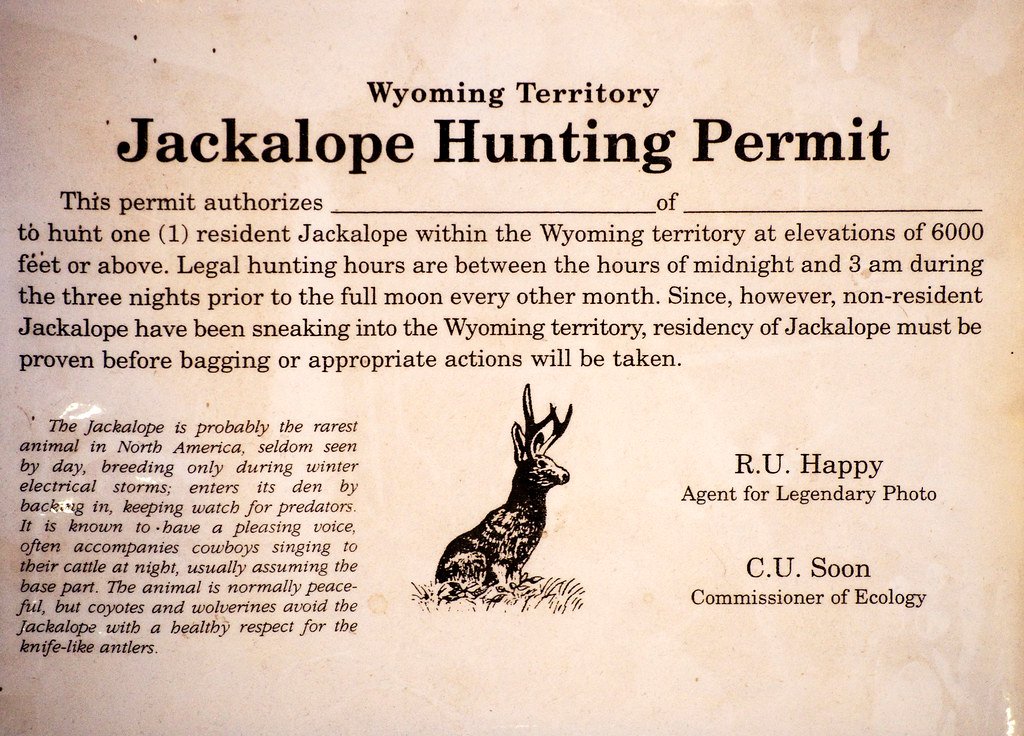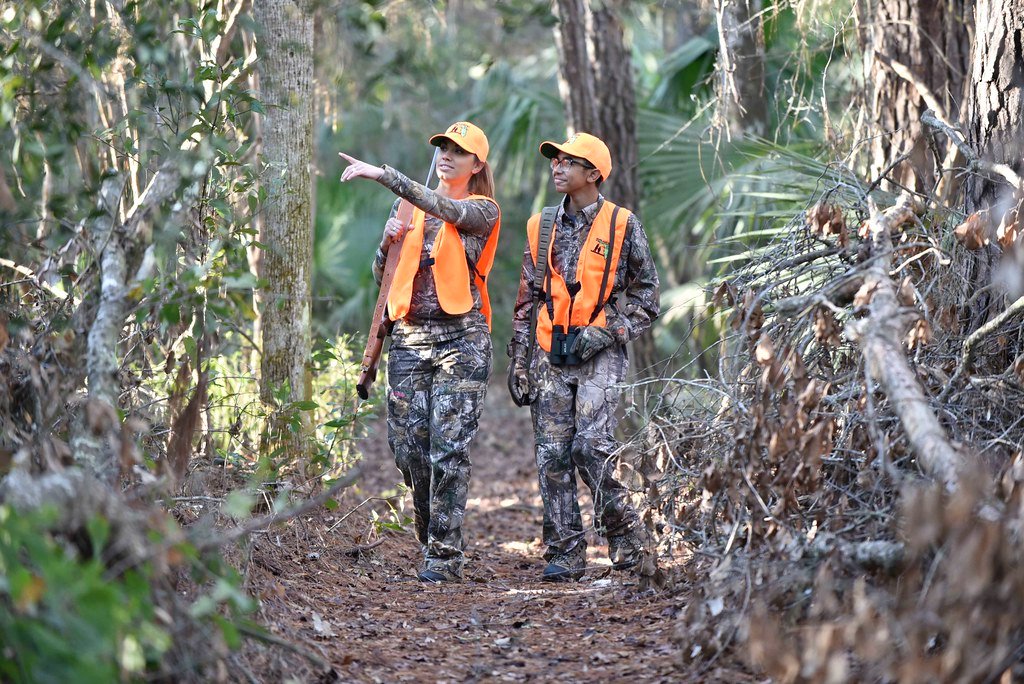Now Reading: How to Make Your Own DIY Hunting Gear
-
01
How to Make Your Own DIY Hunting Gear

How to Make Your Own DIY Hunting Gear
Out in the wild, the thrill of the hunt awaits those who seek it. But seasoned hunters know that having the right gear can make all the difference between a successful expedition and a missed opportunity. While store-bought hunting equipment may seem convenient, there’s something undeniably satisfying about crafting your own gear. From camouflage clothing to smart traps and ingenious tools, the possibilities are endless when it comes to do-it-yourself hunting equipment. So, if you’re ready to unleash your inner survivalist and elevate your hunting game, join us as we explore the world of crafting homemade gear that will not only save you money but also add an extra touch of accomplishment to your hunting endeavors. Get ready to tap into your resourcefulness, because it’s time to discover the art of making your own DIY hunting gear.
Table of Contents
- Choosing the Right Materials for Your DIY Hunting Gear
- Essential Tools and Equipment for DIY Hunting Gear
- Step-by-Step Guide to Crafting Your Own DIY Hunting Bow
- Customizing DIY Hunting Gear for Optimal Performance
- Tips for Maintaining and Upgrading Your DIY Hunting Gear
- Q&A
- Concluding Remarks
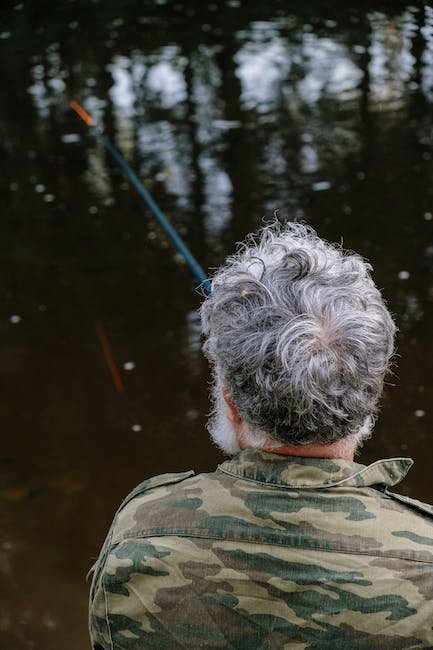
Choosing the Right Materials for Your DIY Hunting Gear
When it comes to crafting your own hunting gear, selecting the right materials can greatly impact its effectiveness and durability. Here are some key factors to consider when choosing materials for your DIY hunting gear:
- Strength and Durability: The materials you choose should be strong enough to withstand the rugged conditions of the great outdoors and the demands of hunting. Look for materials such as rugged nylon or cordura fabric that can withstand abrasions, tears, and moisture.
- Camouflage: To blend seamlessly into your surroundings, opt for materials with camouflage patterns that match the environment in which you’ll be hunting. Camo fabric or vinyl wraps can help break up your silhouette and keep you hidden from keen-eyed wildlife.
- Weather Resistance: Mother Nature can throw unexpected weather conditions your way, so it’s crucial to select materials that provide excellent weather resistance. Waterproof or water-resistant materials like PVC or polyurethane-coated fabrics can repel moisture and keep your gear dry, protecting both you and your equipment during rainy days.
- Quietness: Noisy gear can scare away your target game. Opt for materials that are silent and won’t create unnecessary rustling sounds. Fabrics like soft polyester or microfiber are excellent choices to minimize noise while allowing ease of movement.
- Comfort: Long hours spent in the wilderness require comfortable gear. Look for materials with moisture-wicking properties like breathable mesh or fabrics that provide cushioning and support, such as foam-lined straps for backpacks.
By carefully considering these factors and choosing the right materials, you can create DIY hunting gear that enhances your hunting experience and increases your chances of a successful outing. Remember, a bit of thought and effort in selecting the right materials can go a long way in maximizing your hunting gear’s performance.
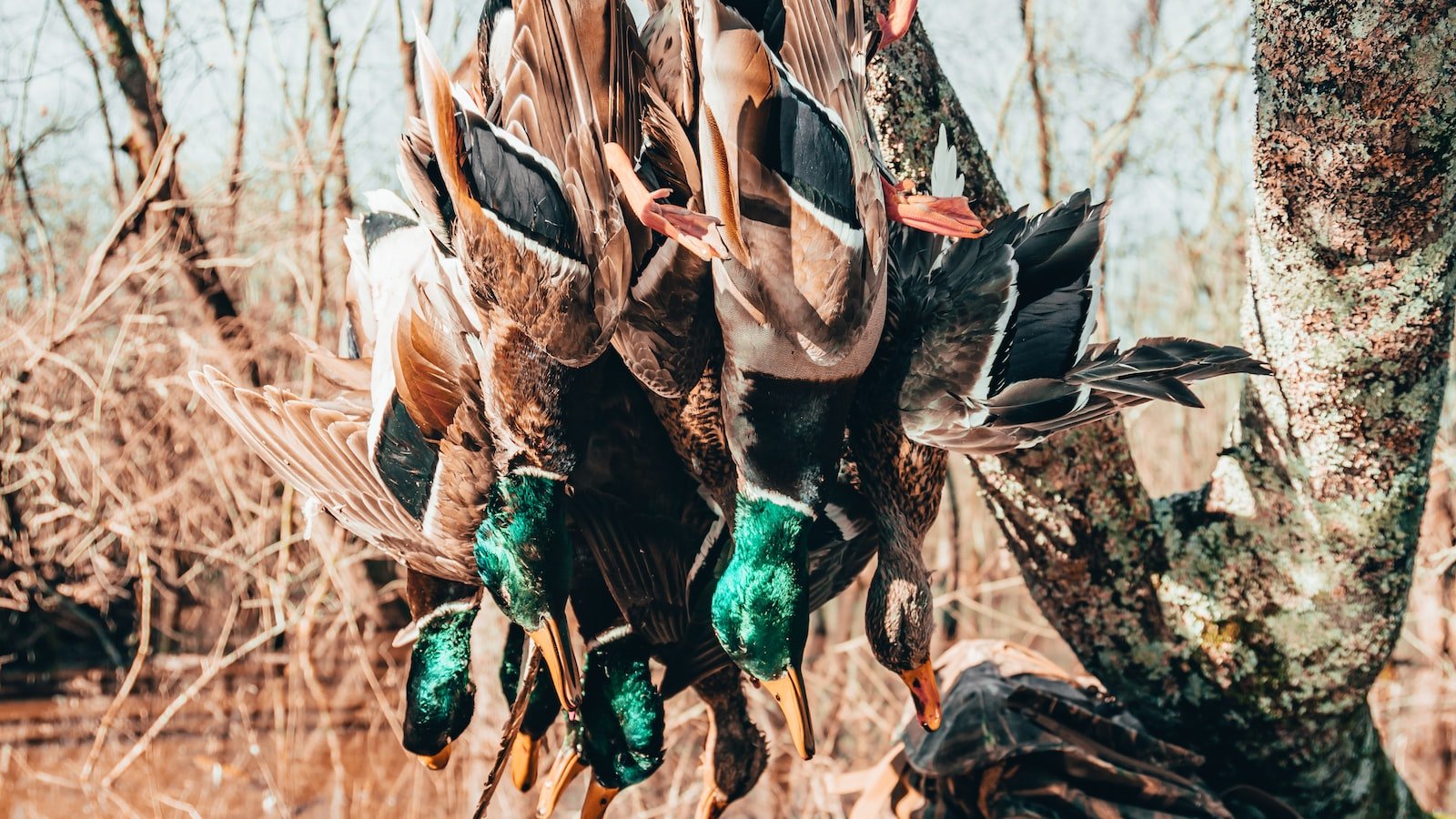
Essential Tools and Equipment for DIY Hunting Gear
Are you a passionate hunter who loves creating their own hunting gear? Then you know that having the right tools and equipment is crucial for a successful and enjoyable experience. Whether you are a seasoned DIY enthusiast or just getting started, here are some essential items that should be in every hunter’s toolkit:
- Quality Hunting Knife: A versatile hunting knife is an absolute must-have tool. From field dressing to skinning and more, a sharp and durable knife is essential for any hunter.
- Survival Gear: Being prepared for any situation is a top priority for hunters. Consider carrying items such as a compass, basic first aid supplies, firestarter, and a durable survival blanket.
- Binoculars: Spotting game from a distance is key for a successful hunt. Invest in a pair of high-quality binoculars to improve your chances of spotting elusive game.
- Camouflage Clothing: Blend seamlessly into your hunting environment with camouflage clothing. A good set of camo gear will help you stay concealed and increase your chances of getting closer to your prey.
- Backpack: A sturdy and comfortable backpack is essential for carrying your gear and supplies during your hunting trips. Look for one with multiple compartments and a durable frame.
- Game Calls: Mimicking the sounds of prey or attracting potential mates for certain animals can greatly enhance your hunting success. Invest in a variety of game calls specific to the animals you are targeting.
Remember, the right tools and equipment can make all the difference in your DIY hunting adventures. So, gear up with these essentials and get ready to embark on your next hunting expedition with confidence!
Step-by-Step Guide to Crafting Your Own DIY Hunting Bow
So, you’ve decided to embark on a thrilling adventure of crafting your very own DIY hunting bow? Look no further! In this step-by-step guide, we will walk you through the process of turning raw materials into a powerful and reliable weapon for your hunting expeditions. Get ready to unleash your inner craftsman and create an incredible hunting tool that’s uniquely yours.
Gather Materials
The first step in your bow-making journey is to gather the necessary materials. Here’s what you’ll need:
- A sturdy piece of wood, such as yew, hickory, or osage orange, with a length that suits your height and draw length.
- A saw to cut the wood to the desired length – don’t forget to account for limb curvature.
- Sandpaper for smoothing out rough edges.
- A chisel to shape the limbs and handle.
- A rasp or file for refining the shape and reducing weight.
- Strong synthetic string or bowstring material.
- A serving jig and serving thread for attaching the bowstring to the bow.
Shaping the Bow
Now comes the exciting part – shaping your bow. Follow these steps:
- With the saw, cut your wooden stock to the appropriate length, ensuring it has a natural curve.
- Using the chisel, carefully carve out the handle, keeping in mind your grip comfort and hand size.
- Gradually shape the limbs of the bow with the rasp, creating a taper towards the tips while maintaining a thickness around the handle.
- Smooth any rough edges and imperfections with sandpaper, giving your bow a polished finish.
Stringing the Bow
It’s time to add the finishing touches to your bow by stringing it:
- Measure the length of bowstring you’ll need by following the manufacturer’s guidelines or using your bow’s length as a reference.
- Create loops at each end of the bowstring with the serving jig and thread.
- Securely attach the loops to the notches at the tips of the bow’s limbs.
- Make sure the string is taut and the bow is properly strung – your masterpiece is now complete!
Remember, crafting your own hunting bow is a labor of love that requires patience and attention to detail. Take your time, enjoy the process, and celebrate your accomplishment when you finally hold your personalized bow in your hands. Happy hunting!
Customizing DIY Hunting Gear for Optimal Performance
When it comes to hunting, having the right gear can make all the difference. But why settle for off-the-shelf items when you can customize your own hunting gear for optimal performance? By tailoring your equipment to your specific needs, you can enhance your hunting experience and increase your chances of success.
One of the first steps in customizing your DIY hunting gear is to identify areas for improvement. Consider the specific challenges you face while hunting and think about how your gear could be modified to better meet those challenges. Whether it’s adding extra pockets for convenient storage, reinforcing stitching for durability, or even incorporating noise-reduction materials for stealthy movement, the possibilities are endless.
To help you get started, here are a few ideas for customizing your hunting gear:
- Camo Patterns: Experiment with different camouflage patterns to blend seamlessly with your hunting environment.
- Weapon Modifications: Customize your firearms or bows with accessories like scopes, grips, or stabilizers to improve accuracy and comfort.
- Enhanced Insulation: Line your gear with insulating materials to stay warm during long hours in the field.
- Comfort Upgrades: Add padding or adjust straps and harnesses to enhance overall comfort during extended hunts.
- Weatherproofing: Treat your gear with water-repellent sprays or sealants to protect against the elements.
Remember, customizing your DIY hunting gear allows you to personalize your equipment to fit your needs and preferences. So, get creative, experiment, and watch as your customized gear takes your hunting adventures to new heights!
Tips for Maintaining and Upgrading Your DIY Hunting Gear
When it comes to the world of hunting, your gear is your best friend. Whether you’re a seasoned hunter or just starting out, it’s important to take care of your equipment to ensure optimal performance and longevity. Here are a few handy tips to keep your DIY hunting gear in top-notch shape:
- Regularly clean and lubricate: After each hunting trip, take the time to clean your gear thoroughly. Remove dirt, debris, and any excess moisture to prevent rust or corrosion. Apply lubricant to moving parts such as rifle bolts, bowstrings, or folding mechanisms to maintain smooth operation.
- Inspect for damage: Before heading out into the wild, always inspect your gear for any signs of wear or damage. This includes checking for frayed bowstrings, loose screws, or cracked stocks. Addressing these issues early on can prevent accidents and ensure your safety during hunts.
- Upgrade strategically: As technology evolves, so does hunting gear. Stay informed about the latest advancements and consider upgrading certain components to enhance your hunting experience. Whether it’s investing in a more accurate scope, upgrading camouflage clothing, or improving your calls or decoys, make strategic upgrades that align with your hunting style and needs.
Remember, your DIY hunting gear is an investment that requires proper care and occasional upgrades. By following these tips, you’ll be well-equipped to tackle the challenges of the wild and embrace the thrill of the hunt with confidence.
Q&A
How can I make my own camouflage clothing for hunting?
You can create camouflage clothing by using a combination of fabric dyes, stencils, and spray paint. Begin by selecting a base color and adding different shades and patterns to mimic the environment you plan to hunt in.
What materials can I use to make a hunting blind?
You can construct a hunting blind using a variety of materials such as branches, plywood, and burlap. Start by building a frame using branches or plywood, and then cover it with burlap to blend in with the surroundings.
Is it possible to make my own hunting calls?
Absolutely! You can make your own hunting calls by using everyday objects like bottle caps, plastic straws, and even your own voice. Online tutorials and guides can help you learn the technique to recreate specific animal calls.
How can I make a DIY hunting backpack?
To make a DIY hunting backpack, repurpose an old backpack by adding additional compartments and reinforcing straps. You can also sew on camouflage fabric to help it blend into the environment.
What are some ideas for making homemade scent attractants?
You can make homemade scent attractants by using natural ingredients like apple cider, vanilla extract, or deer urine. These can be combined with other substances, such as cotton balls or wicks, to create an effective attractant for deer or other game animals.
Can I build my own tree stand for hunting?
Certainly! Building your own tree stand is possible using wood planks, nails, and sturdy ropes. Ensure that it is securely attached to the tree and consider including safety features such as a harness or railings.
How can I make my own hunting arrows?
Creating your own hunting arrows involves selecting the appropriate shaft material and size, fletching them with feathers or artificial vanes, and installing broadheads or field tips. Various online resources and tutorials provide step-by-step instructions to help you craft your own customized arrows.
Concluding Remarks
As we near the end of this DIY hunting gear adventure, we hope you’ve found inspiration and empowerment in the art of crafting your own equipment. From simple modifications to intricate creations, harnessing your creativity can truly enhance your hunting experience.
Remember, every successful hunter has a unique approach and preference when it comes to gear. By embracing the DIY spirit, you’ve taken a step further in connecting with nature and sharpening your skills. As you roam the vast wilderness, the knowledge that your gear is the result of your own efforts will undoubtedly fill you with a sense of accomplishment.
Creating customized tools not only saves you money but also fosters a deeper bond with your hunting gear. Each piece becomes a testament to your resourcefulness, patience, and dedication. And with every new project, you’ll see your skills grow and evolve, propelling your hunting abilities to new heights.
As you embark on your next hunting season, armed with your self-made creations, remember to exercise caution and adhere to local regulations and safety guidelines. Hunting is not only about the thrill of the chase but also about the preservation of nature and the responsible stewardship of our wild landscapes.
So go forth, fellow DIY enthusiasts, and immerse yourself in the thrill of the hunt with your own handcrafted gear. Unleash your imagination, experiment fearlessly, and revel in the satisfaction of being self-reliant. May your DIY creations become an extension of your hunting spirit, as you walk the path of the modern-day hunter rekindling an ancient connection with nature. Happy hunting!
As an affiliate, my content may feature links to products I personally use and recommend. By taking action, like subscribing or making a purchase, you’ll be supporting my work and fueling my taco cravings at the same time. Win-win, right?
Want to read more? Check out our Affiliate Disclosure page.

